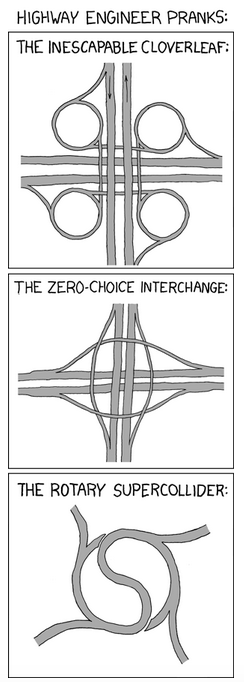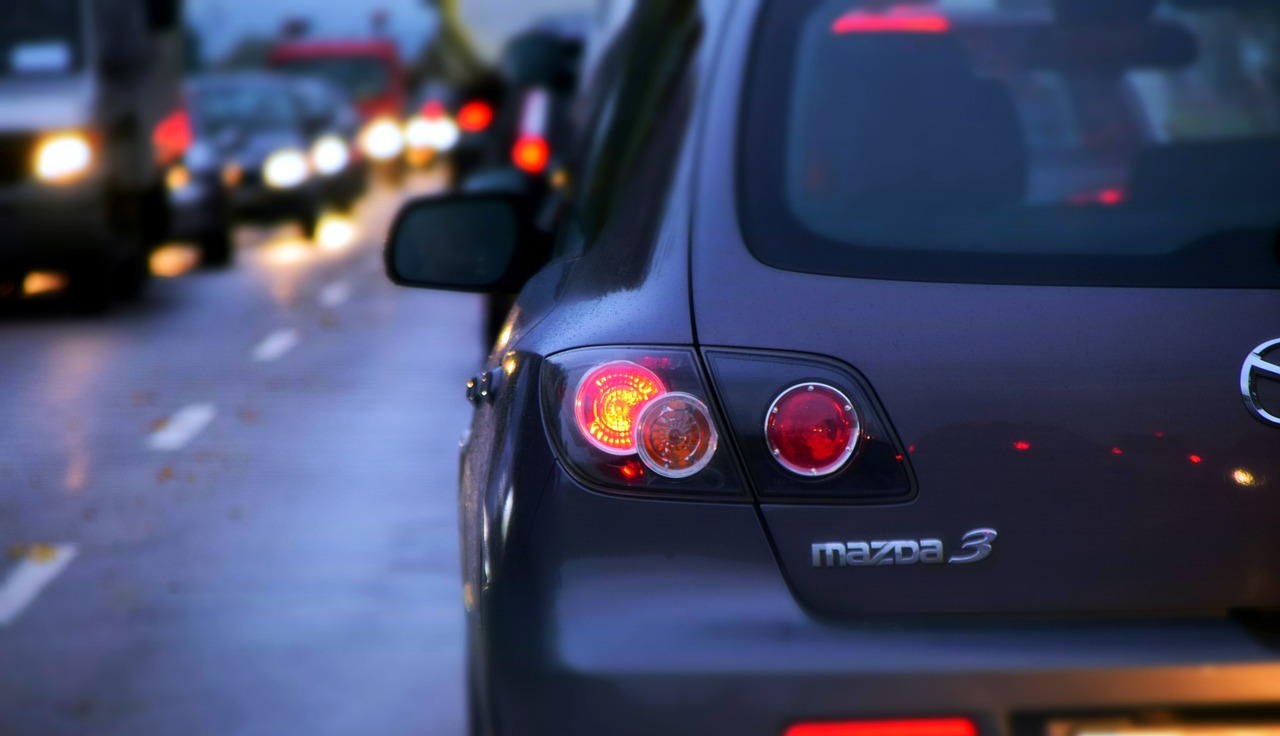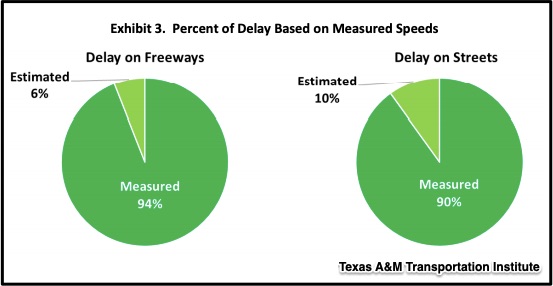If every light is green and traffic is sparse, my morning drive to work takes 17 minutes. But that never happens. Typically it occupies 34 minutes.
The Texas A&M Transportation Institute tells me that I am typical. But it’s not just me. It’s all of us.
More dots and bigger dots indicate worse congestion:
Where are we going? To the huge cost (defined economically as sacrifice) of congestion,.
The Cost of Traffic Congestion
Just multiply my extra minutes by millions of commuters and you get billions of wasted hours and massive amounts of squandered gasoline. Then, we can add those billions to what truckers contribute. While they compose just 7% of road traffic, they are responsible for 12% of the cost of congestion.
This is where:
Low unemployment is one reason we’ve got a congestion crisis. Just from 2016 to 2017 we added 1.9 million new jobs to the U.S. economy. More jobs mean more commuters which mean more congestion. The numbers display the correlation. During the past five years, travel delay went up by 14% and we wasted 3% more fuel. Far higher than the average, the cost of truck congestion is up 40%.
…to 1982, we see that as jobs rose from 99.5 million to 153.3 million, the average annual delay per commuter ballooned to 54 hours from 20:
Perhaps more invisibly, the estimated delay time went up even more on local streets (like the ones on which I commute) than on freeways:
Our Bottom Line: Spillover
The spillover from low unemployment is more commuters. But also, thinking of Say’s Law that says supply creates its own demand, as workers produce goods and services, they get paid, they become consumers, they spend their income, and they place more Amazon orders. Their delivery takes us to truck traffic on the side streets where they complete their “last mile.” It also adds to our anxiety–a cost because we sacrifice calmness– first, when we plan an arrival time for an appointment, and then after when we sit in traffic.
At this point, though we could continue, let’s stop and just imagine a sequence of negative externalities. Defined as the impact on an uninvolved third individual of a transaction between two parties, negative externalities are what traffic is all about.
So, returning to where we began, my morning commute creates an externality that I impose on you. We could say that rush hour is when all of our negative externalities converge.
Maybe better roads will help? xkcd has a suggestion:

My sources and more: My go-to site for transportation news, the Texas A&M Transportation Institute, had a recent Urban Mobility report and this summary.










